Driving the Porsche 911 (964C2) on the Sand Double Crinc
公開日:2019.01.14
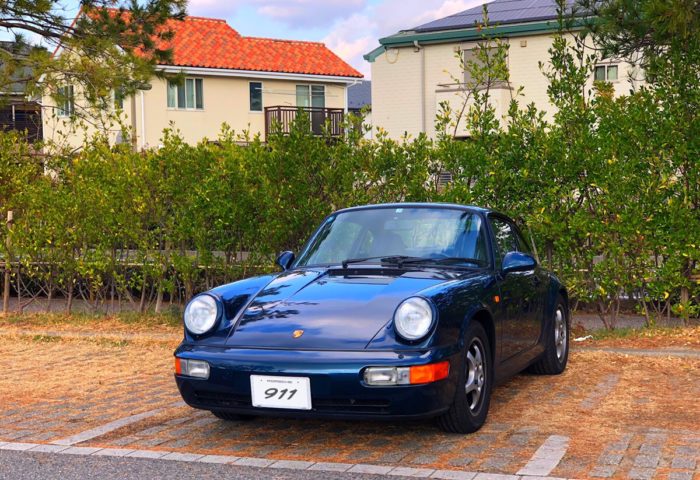
Driving the Air-Cooled 911 (964C2)
Since my mother-in-law was visiting over the New Year holidays, my husband and I decided to take the opportunity to practice driving together. First, we went for some manual transmission practice in the Boxster, and then two days later, we took the air-cooled 911 (964C2) out for a drive.
I could have just enjoyed driving without calling it practice, but last year, right after the 911 was delivered, my impression was more “difficult than fun” and I felt like I couldn’t really master it. However, my husband encouraged me, saying, “The 911 is really fun, so you should drive it more and practice,” so I decided to keep at it and try to enjoy the unique driving experience of a rear-engine Porsche.
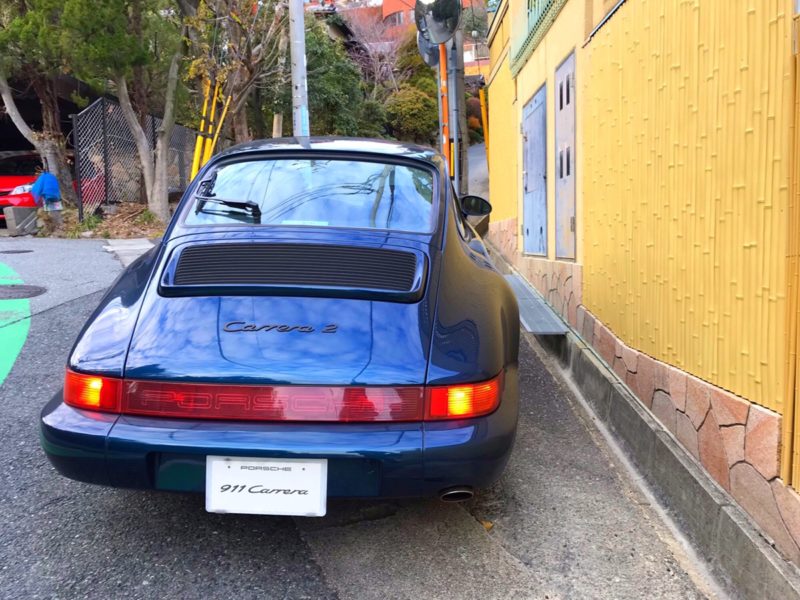
Heading to the Sand Double Crinc
That day, my husband said,
Since we’re at it, let’s go drive the Sand Double Crinc!
I asked, “I’ve heard of the Nara Nürburgring, but there’s a Sand Double Crinc too!?” and he replied,
…No, that’s just something I made up myself (-_-)
What the heck? (LOL) So off we went.

It was my first drive in the 911 in a while. The heavy steering, stiff brakes, solid doors, mechanical engine noise, the smell inside the car, manually turning on the lights in tunnels (LOL)… I thought, “Ah, this is what an air-cooled feels like.” My husband said,
I’ve driven about 3,000 km since delivery, and the engine runs much better now. It used to be stiffer, but it’s softened up and the engine revs more smoothly. It’s like the car’s rehab is done and it’s feeling great now.
I had to admit, that made sense.
Traffic was heavy that day, so we couldn’t drive as freely on the mountain roads toward Sanda, but after about 30 minutes, the traffic thinned and we could finally enjoy the drive. Then, as we approached a winding uphill mountain road,
my husband said this:
The 911 is rear-engine with a heavy rear, so you drive by using that characteristic. Weight transfer and throttle control are the keys. Ease off the throttle before entering a corner, and once the car’s direction changes, step on the gas. That way, the car will turn sharply for you.
I tried as he said, but at first, it didn’t go as smoothly as I wanted…
“You’re too tense! The handling is stiff!”
“You’re too slow on the throttle!”
“Use the throttle more smoothly!”
He kept giving me tips, and gradually I got the hang of it. This was definitely something you can’t experience in a Boxster or Panamera—more like the unique feel of a rear-engine car. Instead of just steering in, you flick the rear end around, and when that works well, it’s a lot of fun.
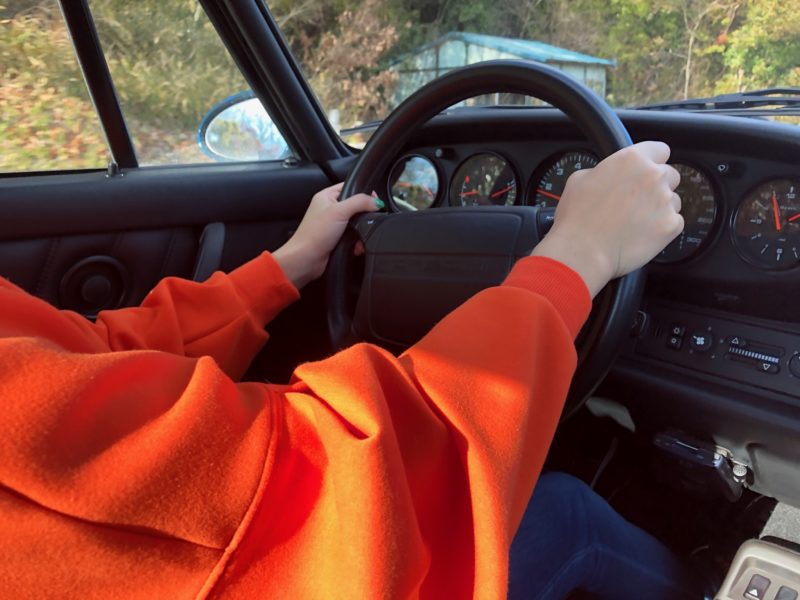
My husband said,
Yes! That’s exactly it!
But after about 15 minutes, I started feeling lightheaded,
What’s wrong? The little kei car in front is pulling away from you.
he said.
…( ゚д゚) Oh, right.
I said, “I’m exhausted because I’ve been thinking about weight transfer and throttle control the whole time,” and he replied,
Why do you always get tired so quickly? (-_-)
I was reminded of when I first started driving six years ago after being a non-driver for about 10 years—I was completely wiped out after just a 15-minute drive to the local supermarket. I’m usually pretty fit, but I guess I still get quite nervous when driving.
After that, my husband took over the wheel and we headed home. According to him, the Sand Double Crinc is a hidden gem—almost no cars, smooth roads, perfect for driving an air-cooled Porsche—and that was exactly how it was that day.
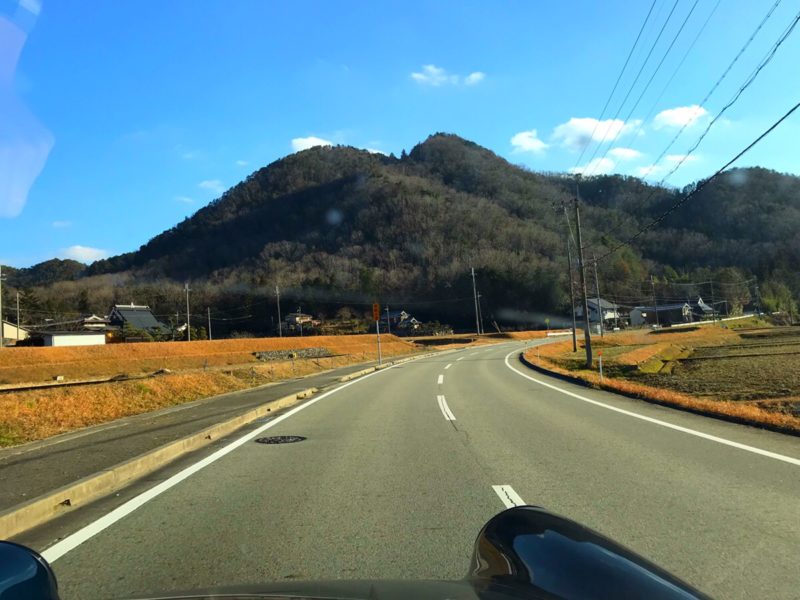
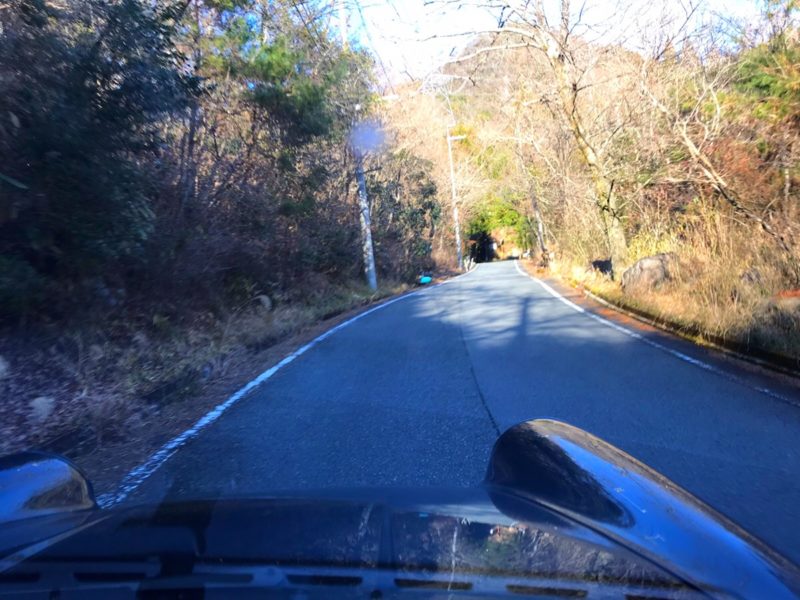
There were country roads, mountain passes, and beautiful straights… you can enjoy a variety of roads just in this area. Also, my husband says the Sand Double Crinc North Course (lol) lets you keep going round and round endlessly, so you never get bored even after driving all day. That day, he was once again impressed:
The Sand Double Crinc is amazing!

I wish there was a café here like Cafe Seven in Tsukigase, Nara, where car enthusiasts could gather. There are soba shops and small cafés where motorcyclists meet, but nothing quite like that for car lovers.
The Analog Charm of the Air-Cooled 911
On the way back, we stopped for gas. Since the 911’s fuel tank is in the front, my husband said, “When you fill the tank, the front gets heavier and the car feels more stable.” It’s amazing how small things can make a difference.
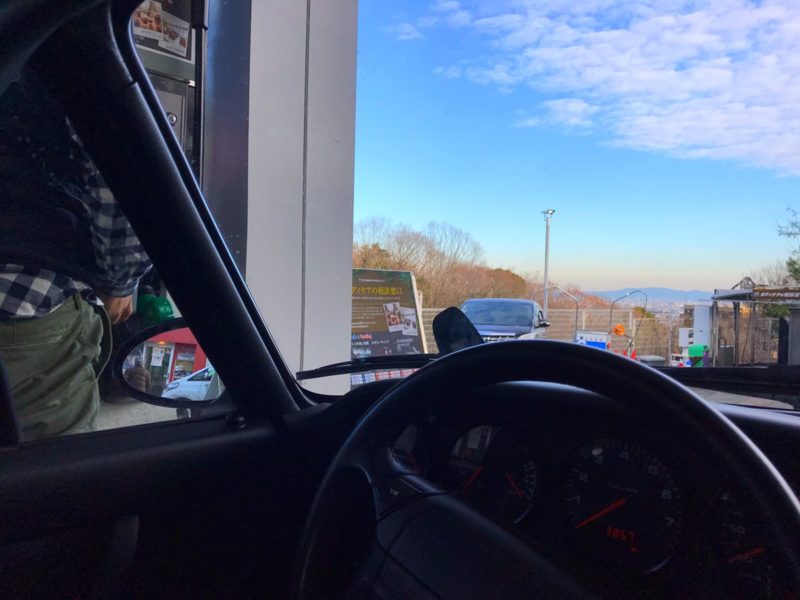
After driving the air-cooled again, I was reminded how direct and connected everything feels. The engine noise is mechanical and raw, lacking the flashiness of modern water-cooled Porsches, but that analog feel is addictive. Sure, “the latest Porsche is the best Porsche,” and I’m thrilled every time I drive one, but you just can’t get this analog charm anywhere else.
Also, I noticed something for the first time: a round sticker on the door handle.
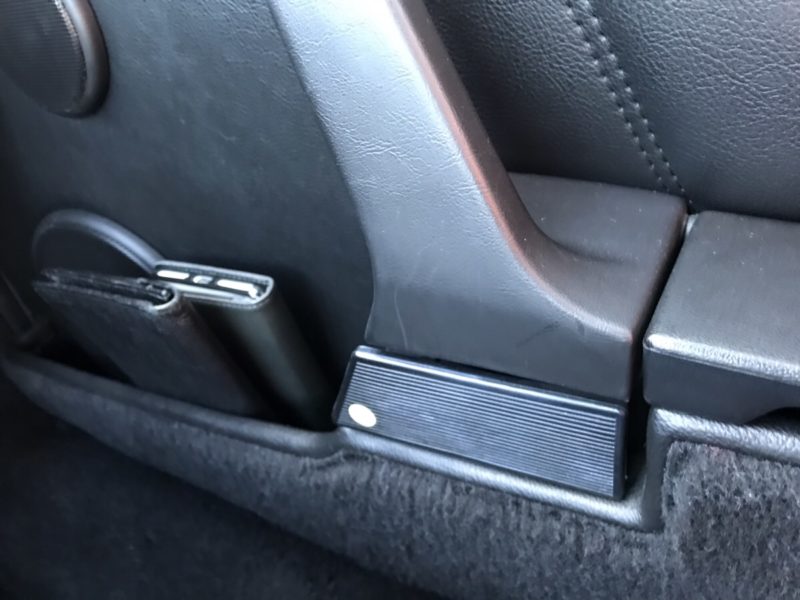
I asked my husband, “What’s this?” and he said,
It’s a phosphorescent sticker. It glows in the dark so you can find the door handle even at night or in the dark.
…How analog is that! (;゚Д゚)
I get the glow-in-the-dark part, but it looks like something you could buy 100 for a dollar at a dollar store. They probably thought, “We’ll go all out on the driving, but here? A sticker is fine, it doesn’t affect driving (-_-)” or something like that.
Anyway, I’m grateful every day to be able to drive the air-cooled Porsche 911, the Panamera, and the Boxster. And I’m thankful to all the readers who put up with my Kansai dialect-filled articles. Let’s drive lots of Porsches this year!
By the way, here’s the course my husband made up and called the “Sand Double Crinc.” It really is a great road. (He even made maps dividing it into a North Course and a Full Course, just like the Nürburgring, lol.)
このブログが気に入ったらフォローしてね!


Comment ( 0 )
Trackbacks are closed.
No comments yet.